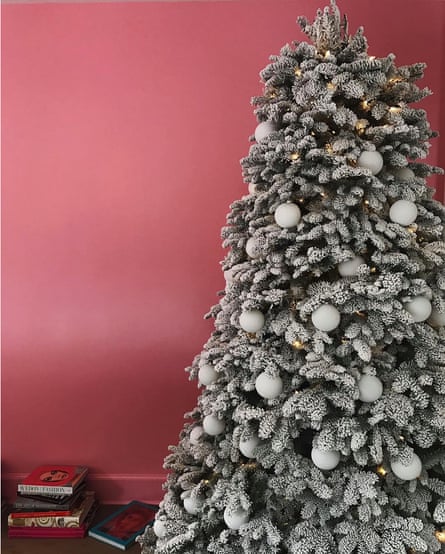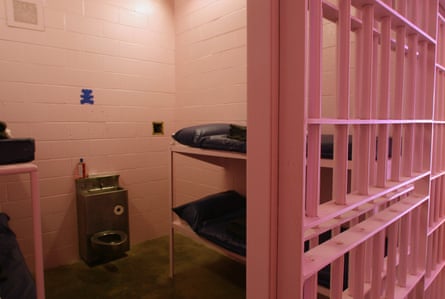The least likely of this January’s diets came, obliquely, from Kendall Jenner’s official app and was a colour rather than a book. In a post titled “The story behind my pink wall!” she explained the thinking behind the pink living room wall of her expensive Los Angeles home: “Baker-Miller Pink is the only color [sic] scientifically proven to calm you AND suppress your appetite. I was like, “I NEED this color [sic] in my house!”. I then found someone to paint the room and now I’m loving it!”.

It might seem a bonkers assertion, but it’s not the first time this particular shade of pink has been linked to a certain behaviours. Vollebak recently created a hoodie in Baker-Miller Pink designed for warm-ups and warm-downs, which when zipped up purports to reduce the wearer’s heart rate and slow their breathing by reducing oxygen intake.
So, can looking at a colour really suppress your appetite and chill you out? Both Jenner’s wall and the hoodie are based on a series of experiments conducted in the 1970s by Alexander G Schauss, of the American Institute for Biosocial Research, involving this colour and its affect on mood and behaviour. Named after the commander (Baker) and a warden (Miller) at the Washington State Department of Corrections who agreed to paint the ceilings and walls this colour and observe its effect on inmates, the colour was found to cause a short-term decrease in aggression. Subsequent experiments also concluded this shade could also act as a natural appetite suppressant. Both assertions came from being exposed to the colour for about 15 minutes.

John Maule of the University of Sussex psychology faculty is part of the Sussex Colour Group. Incidentally, he hadn’t heard of the colour “possibly because there isn’t a great deal of scientific literature on it – the evidence is anecdotal”. He seemed on the fence as to whether the findings were robust: “In terms of solid science experimentation, it also seems quite old: they don’t return striking results, and seemed to have a very small marginal effect.”
Still, Maule says that colours can affect “aspects of behaviour and feelings”. He refers to the much-reported red effect, which suggests a woman wearing red appears more attractive to men (“We flush, we blush: it’s an evolutionary story”), and says exposure to the colour will improve sporting performances. Curiously, he says, red “has been linked with a tendency to consume less – research has found that we tend to eat less from red plates and cups”.

So perhaps that’s the key, that pink isn’t terribly distant to red. Working on the premise that red is also a warning or high-alert colour, you might be less inclined to eat. “You could think up a story linking the two,” Maule says. “If she [Jenner] feels less hungry within these walls, I wouldn’t deny her that.” Still, perhaps the most concrete assertion is that colours can work as reminders, like knotted hankies – and that’s all there is to it. By painting her wall this colour for this reason, she’d likely remember to eat less. “Theoretically, a colour is like any reminder. I’m not saying that’s what happened. People can construct these things. But if it works for her, then it works for her.”

Comments (…)
Sign in or create your Guardian account to join the discussion